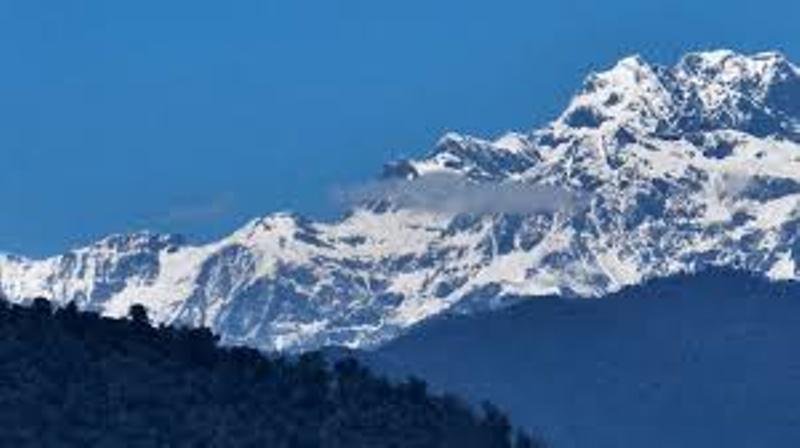Itanagar: Glaciers in Arunachal Pradesh’s Mago Chu sub-basin, a crucial headwater zone of the Brahmaputra, are shrinking at an alarming pace, raising the risk of glacial lake outburst floods for downstream communities, a new scientific study has found.
Researchers from the Centre for Earth Sciences and Himalayan Studies (CESHS), in collaboration with IIT Roorkee, IIT Guwahati, the National Centre for Polar and Ocean Research (NCPOR) and other institutes, reported that glaciers in the basin lost nearly 28.5 per cent of their area—over 15 sq km—between 1988 and 2019.
Larger glaciers, particularly those on south-west facing slopes, have fragmented into unstable smaller ones, with some losing almost half of their ice cover.
“The retreat here is faster than in many parts of the western Himalaya,” CESHS Director Tana Tage said.
“Bigger glaciers are breaking down into fragile fragments, making them far more vulnerable to collapse. This is not just an Arunachal problem but a concern for the entire Brahmaputra basin, spanning India, Bhutan and Bangladesh.”
The study noted that the Equilibrium Line Altitude, a key marker of glacier health, has risen by 137 metres in the last three decades, confirming that the glaciers are in negative mass balance and failing to replenish.
Declining rainfall has worsened the crisis. Monsoon precipitation in the basin has plunged from 2,100 mm in the mid-1980s to less than 1,500 mm after 2000, and just 900 mm in 2024.
With winter snowfall almost absent, glaciers have lost their natural recharge system.
The retreat has been accompanied by rapid expansion of glacial lakes.
The number of lakes nearly doubled from 15 in 1988 to 29 in 2017, with their combined area tripling to 2.11 sq km.
Four are listed among the National Disaster Management Authority’s high-risk sites.
Some lakes, which barely existed a few decades ago, have now grown into reservoirs larger than 0.8 sq km.
“Without detailed studies of lake depth and moraine stability, it is difficult to predict when or how these lakes might breach,” Tage cautioned.
Field investigations confirm accelerating melt, with Khangri Glacier alone losing nearly a metre of ice last winter amid negligible snow.
Hydrodynamic models suggest that a major breach could unleash flood waves exceeding 12,000 cubic metres per second, inundating villages such as Mago, Thingbu and Chagzum, and endangering hydropower projects in the valley.
ALSO READ: Meghalaya CM pledges strict checks in electoral rolls, safeguards for genuine voters
To monitor the changes, CESHS has deployed the first automatic weather station and water-level recorder in the basin, generating continuous real-time climate and hydrological data.
Plans are also underway to establish a permanent base camp to support long-term cryosphere research.
“Science alone cannot prevent disasters,” Tage emphasised.
“We need early warning systems, community preparedness and evacuation drills. Local resilience and traditional knowledge must be part of the solution.”
He described the Mago Chu basin as both a sentinel of global climate change and a testing ground for adaptation strategies vital to safeguarding downstream lives and livelihoods.















